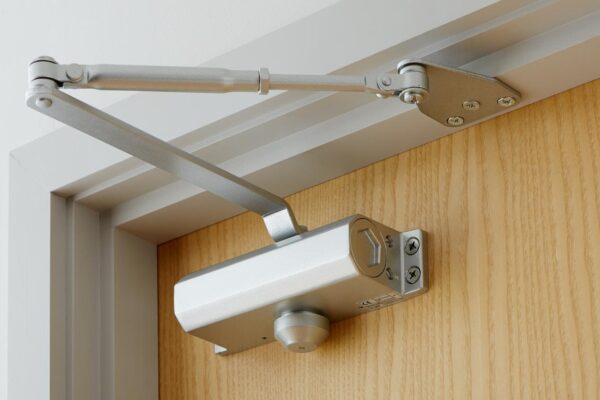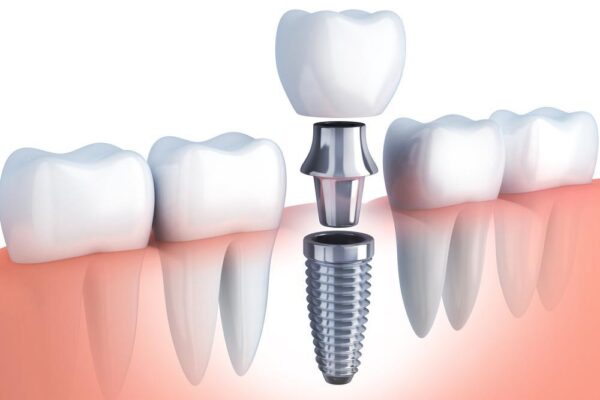Cannibal cane toads lead the week’s science news, because of course they would
So this week’s science news was quite dominated by cannibalistic cane frogs in Australia, but there were some other important science news that happened this week worthy of looking for.
The week starts with the news that cracks have been found at the International Space Station (ISS) and ends with the Aerospace Firefly rocket explosion.
Among other things, there are some other space news including ancient chocolate dwarf called the accident through a room at half a million miles per hour and speculation about Dyson speculation around the black hole that encourages alien civilization.
Let’s review that week in science!
Cane Cannibal’s frogs eat their children so quickly so they create an evolution gun race
It turned out that the Tadpole stick stick invasive in Australia eats their little brothers and cousins so fast and in large quantities so that they create an intergenerational biological arm race to see that can develop fast enough to defeat the others.
The frog, which was brought from South America to Australia in the 1930s was very toxic and did not have natural predators in Australia (who said something), 30 times more likely to find fellow stick sticks helpless to eat besides their South American cousin.
This has caused a hatchlings to grow even faster to reach the Tadpole stage itself so they will not be eaten, making cannibal tadges even more aggressive to eat what is left in the small pool they are born.
Fresh cracks found in the International Space Station Module
Russian officials reported finding “superficial gaps” in the Zarya ISS module, without indications yet if there was an air leak as a result. The gap itself is only surface surface cracks on the exterior, but they are expected to widen from time to time.
Cracked inside and from themselves are not entirely unexpected for the space station, because the transition from daylight to night in its orbit around the earth and back again (which occurs 16 times a day) putting cold and extreme heat pressure at this time. Any satellite surface in orbit and some weary wear.
But, obviously, astronauts don’t like in one of the other satellites so that damage to the ISS environment is a reason to be a concern.
The accident has hit the Galaxy for 10 billion years or more
The accident, the nickname given to very fast chocolate dwarf, has been seen about 50 years of light travel about half a million miles per hour. It’s also very old.
The chocolate dwarf is also known as a failed star because they are anywhere from around 13 to 80 times greater than Jupiter, but it is still not large enough to ignite nuclear fusion in their core.
Advertisement
Although it is usually cold and difficult to see, the incredible speed and chemical arrangement of the accident show that it is the remainder of the very young universe of 10 to 13 billion years ago, before the exploding stars can cause a lot of carbon to the universe.
Instead, most hydrogen and helium Brown Brown have shaken in galaxies with a much larger body since the early days of collecting some of the speeds that are quite extraordinary as a result.










![How to solve [pii_email_98cbd6402837b0765ef8] error?](https://owlsdays.com/wp-content/uploads/2021/09/app-tips-microsoft-outlook-00-hero-1024x512-1-850x512.png)


